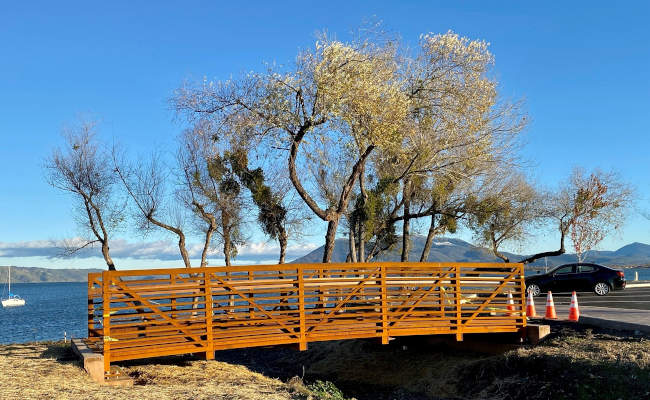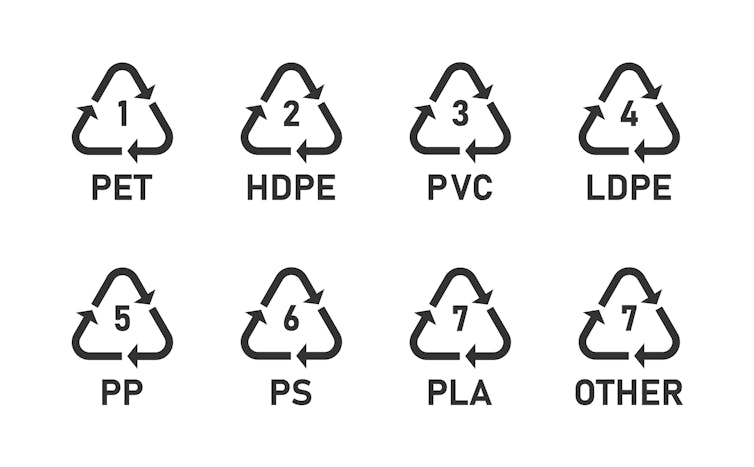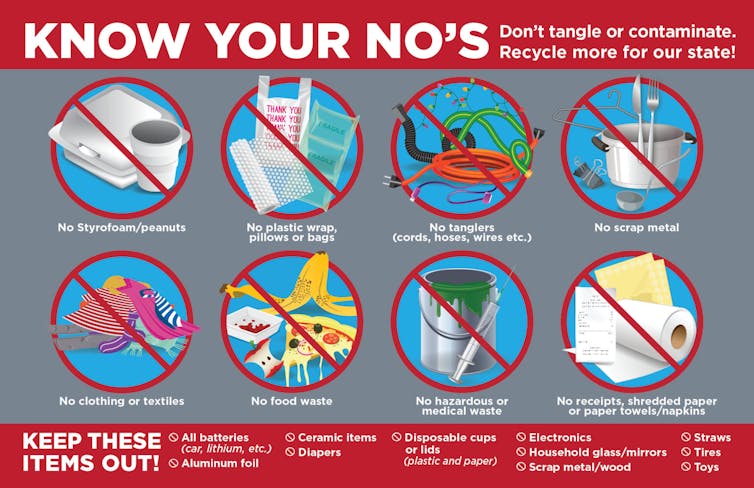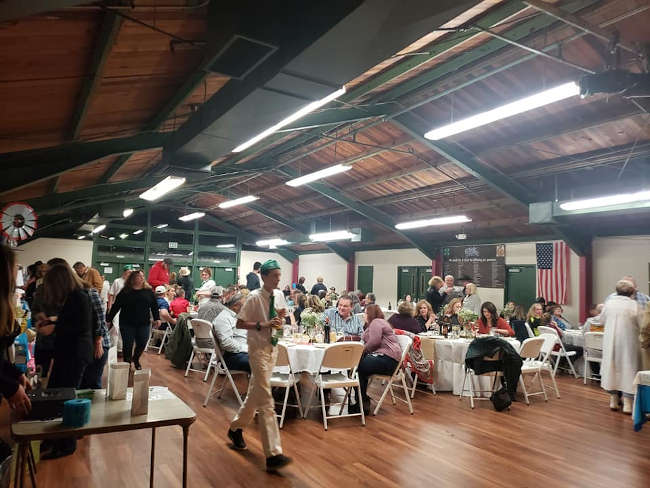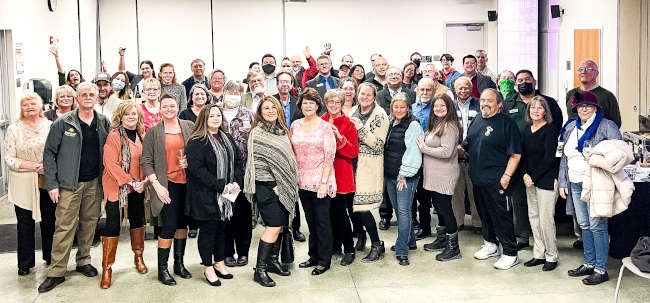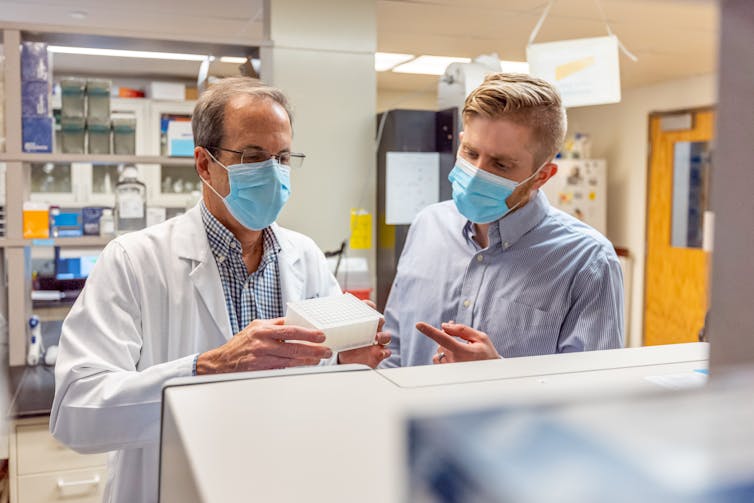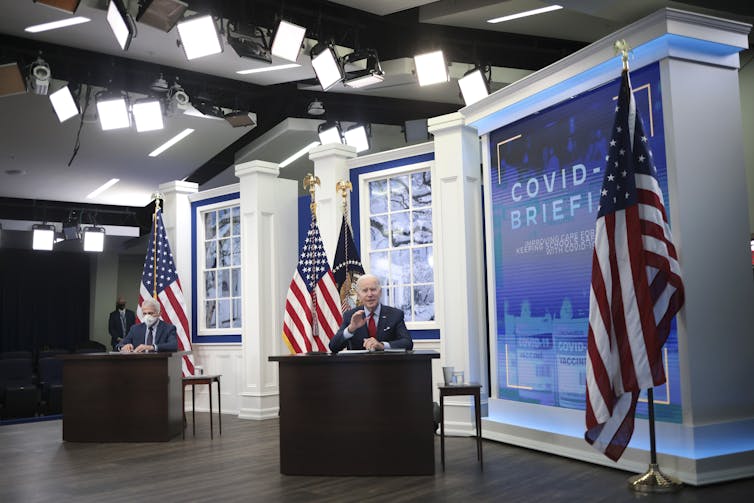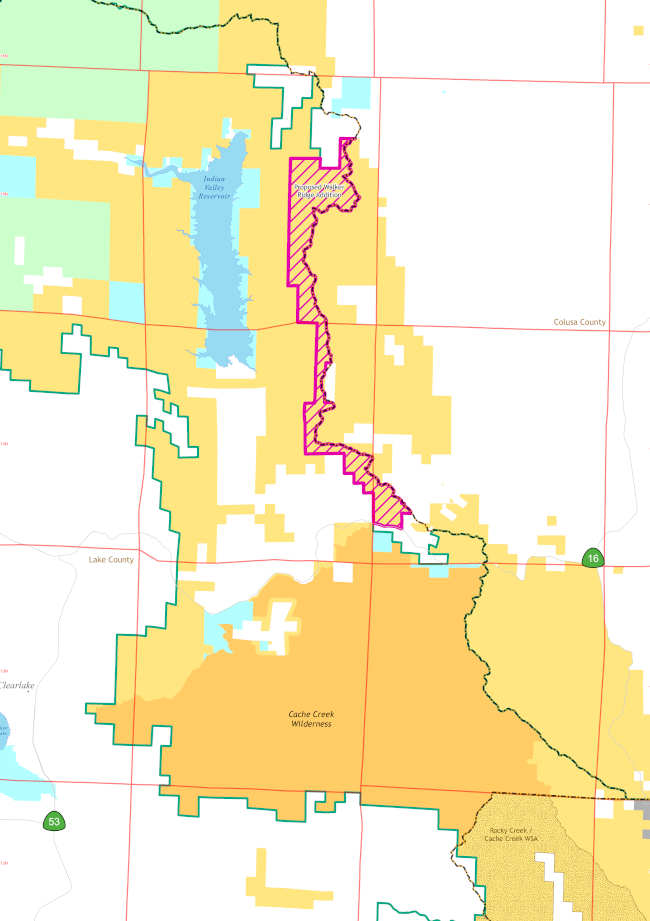LAKE COUNTY, Calif. — The Lakeport City Council and the Board of Supervisors have approved a tax sharing agreement that will support the city’s proposed annexation of the South Lakeport area.
The council and board held a joint 70-minute-long meeting at City Hall on Tuesday night, at the end of which they voted unanimously — first the council, then the supervisors — to approve the agreement.
Both sides called the agreement a “win-win,” for the two governments, the business owners and residents of the 135-acre South Lakeport Annexation Project area, consisting of 50 parcels, that runs along South Main Street and onto a portion of Soda Bay Road.
The tone of the meeting was both collegial and complimentary, a far cry from the tenor of interactions between the county and city on the topic since Lakeport first began to discuss pursuing the annexation a decade ago.
“It’s a very good moment for us,” Board Chair EJ Crandell noted at the meeting’s beginning.
During the course of the discussion on Tuesday, both Supervisor Tina Scott and Councilwoman Mireya Turner noted that annexation had previously been a bad word, with Turner adding that it had been a problem in an otherwise functional relationship between the two governments.
The city has maintained that the proposed annexation area, while outside of the city limits, has been in its sphere of influence since at least the 1980s.
For the county, the loss of the most lucrative commercial area in its jurisdiction — and the associated tax revenue — was a major concern, and it led to serious contention between the two governments.
At one point in 2016, the county asked the Lake Local Area Formation Commission, or LAFCo, the agency which is responsible for reviewing and approving spheres of influence and annexations, to remove the proposed annexation area from the city’s sphere of influence.
As recently as
February 2019, the two sides had indicated that their deep disagreements continued. Then, in December 2020, LAFCo asked the city and council to participate in a good faith process to resolve the ongoing dispute over the proposed annexation.
A hang-up was a series of previous tax sharing agreements the two governments had reached in previous decades that were meant to address the county’s potential revenue losses.
The city would later, at LAFCo’s request, agree to pay for another fiscal analysis conducted by a third party, which contributed to the new negotiations.
Those previous disagreements have now been resolved with the new agreement. However, officials caution there are many steps still ahead for annexation to be approved, with property owners and registered voters in the area able to challenge the action.
An outline of the agreement The negotiating team whose work resulted in the proposed agreement included, on the city side, Mayor Stacey Mattina and Councilman Kenny Parlet, City Manager Kevin Ingram, Assistant City Manager/Finance Director Nick Walker and City Attorney David Ruderman, and from the county, supervisors Tina Scott and Moke Simon, County Administrative Officer Carol Huchingson and two of her deputies, Susan Parker and Steve Carter, Tax Administrator Patrick Sullivan and County Counsel Anita Grant.
“It’s a complicated agreement,” and it took a while to work out the various aspects of it, Ingram told Lake County News.
It will provide for basic services in the area, like hydrants, a public water system and a commitment to finishing the South Main Street-Soda Bay Road Corridor Project, and includes incentives for the city and county to work together, Ingram said.
The tax sharing agreement runs from July 1, 2022, to June 30, 2040, and applies to both sales and property tax.
From July 2022 to June 2029, the county will receive 80% of Bradley-Burns sales tax from the area and the city will receive 20%.
Bradley-Burns sales tax is the 1.25% statewide rate; of that, 1% is allocated to cities or counties. Ingram said that for every dollar of sales tax, that percentage equates to 2.5 cents for local jurisdictions. “The rest of it all goes to Sacramento.”
While the lion’s share of the Bradley-Burns sales tax would go to the county in that initial seven-year period, Ingram said the city would receive 100% of its Measure I and Z sales taxes, which is a key part of the agreement and is what he said made the negotiations possible.
From July 2029 to June 2039, the county will receive 50% plus 50% of the cumulative growth of the Bradley-Burns sales tax since the final year of the first period.
After the agreement’s end, the city would continue to pay that share of Bradley-Burns sales tax to the county indefinitely, at the same amount received for the final year of the second phase.
Ingram said the county will receive 65.3% and the city 34.7% during the agreement, which is the same split for any property in city jurisdiction.
“The real winner there on the property tax side is the fire district,” said Ingram, noting the district will receive more money for the new land added to the city.
He said a fiscal analysis showed revenue neutrality, and the amounts established in the agreement give the city and county enough to cover their services.
That includes taking over policing in the area, with Ingram pointing out that the Lakeport Police Department already responds to assist the sheriff’s department on mutual aid. “It’s not that large of an impact.
The agreement establishes that the city will offer water services to the area, but that it will be optional, not required.
There also is the matter of wastewater services expansion, an area which still has to undergo a separate negotiation.
Ingram said the city and county have an existing agreement for wastewater in place that runs through the end of 2026. The county currently maintains the infrastructure, with the city maintaining the pump station at 16th Street. The city takes the flows during the low months and the agreement calls for the county to take some of the flow into its system.
“We want to start looking at it sooner rather than later,” Ingram said of that agreement.
Common groundDuring Tuesday’s meeting, Ingram acknowledged, “For many years this issue has been both challenging and controversial.”
Now, however, for the first time, Ingram said the city and county have found some common ground.
In discussing aspects of the agreement, Ingram touched on the South Main Street-Soda Bay Road Corridor Project.
“There have been significant delays to this project. It has been going on for quite some time,” he said.
While it’s been moving forward at a slow pace, he said they are nearing a point where they want to get water into the area. However, they don’t want to burden businesses by digging up the road twice.
Once the right of way acquisition is completed, undergrounding of utilities can start. Ingram expected that to happen around the end of 2023 or early 2024.
Mattina said it was exciting to see the level of cooperation between the city and county, and she noted what they could accomplish in Lake County if they’re working together.
Supervisor Bruno Sabatier gave kudos to the city for forcing the conversation with the LAFCo application. “The past was haunting the conversation in the first place.”
While officials are enthusiastic, there is the community response to consider.
Ingram said he and Parker walked the annexation area on Friday to share information and answer questions with residents and business owners.
He said the response was “mixed,” with some remaining adamantly opposed and others excited about the possibility of a reliable water supply to be provided by the city.
One property owner who came to the meeting to express support was Scott Lotter, who owns Lakeport Cinema 5 and Lakeport Auto Movies. He is the largest property owner in the annexation area, making up 20% of the land area.
“We’re delighted,” he said, explaining that when he built the theater 25 years ago, he signed an agreement to support the annexation. “We still support the annexation.”
Lotter said he’s looking forward to improved water service. He now spends a lot of money to get the water service he needs.
During the meeting, Ingram read a letter from Lakeport Fire Chief Jeffrey Thomas, who emphasized that having a reliable water supply is critical for the department and those who rely on them to “quickly and efficiently put out fires.”
“Considering normal modern day house fires, we have about five minutes before the combustible fire gases can completely involve the interior of a structure,” he said.
Thomas said the area’s water supply has a direct influence on insurance premiums and cost of doing business.
“I do feel a sense of collaboration with the county that was absent just a short time ago,” said Councilman Michael Green, adding there are compelling reasons for the city and county to move forward.
He said cities need to grow and he wanted the community to have every confidence that this is a very public, transparent and complicated process.
On the city side, Turner moved to approve the agreement, with the council voting 5-0. That was followed by Scott moving approval by the board, also accepted with a unanimous vote.
The annexation application itself is separate and must go through a process that still has several steps ahead, including consideration by LAFCo and then responding to any potential challenges.
It’s expected that the annexation application could be reviewed by LAFCo by March or April.
Ingram said there will be more opportunities for public outreach, including plans for a community meeting in the annexation area in the near future.
More information is available on the process at www.lakeportannexation.org.
Email Elizabeth Larson at This email address is being protected from spambots. You need JavaScript enabled to view it.. Follow her on Twitter, @ERLarson, or Lake County News, @LakeCoNews.
South Lakeport Annexation Tax Exchange Agreement_Final Version 1-6-21 (Revised 1-11-21 CLEAN) v2 by LakeCoNews on Scribd

 How to resolve AdBlock issue?
How to resolve AdBlock issue? 